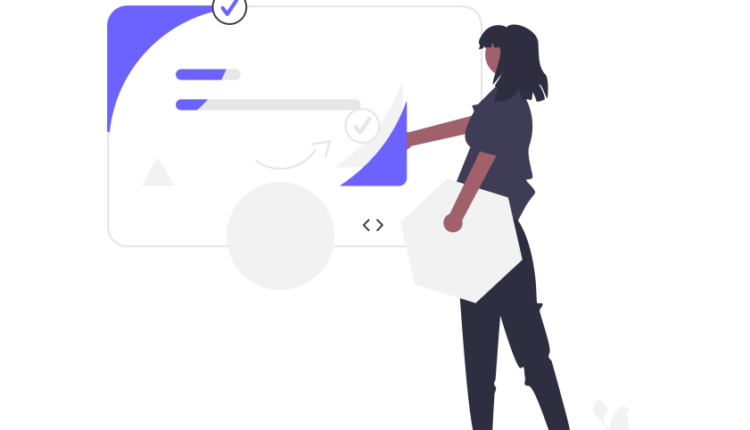In today’s digital age, cookie are like tiny, magical helpers that make the internet a smoother and more personalized place. They are essential for websites to remember your preferences, help with user personalization, and even track your behavior across the vast web landscape. But what are cookies exactly, and why are they making headlines? In this article, we’ll dive deep into the world of cookies, explore their types, and understand their significance, all in a way even a 10-year-old can grasp.
What is a Cookie?
Cookies are like secret notes that websites pass to your computer when you visit them. Think of them as virtual post-its, filled with information websites want to remember. These notes help websites enhance your browsing experience by remembering your likes and dislikes.
Are Cookie Programs?
No, cookies are not programs. They are simple text files, like something you’d write in Notepad, just with web superpowers. They don’t perform actions but store information that websites can use later.
Types of Cookie
Now, let’s explore the various flavors of cookies you might encounter while surfing the web.
1. First-Party Cookies
First-party cookies are like personal notes from the website you’re visiting. They collect data about your visit, such as how long you stay, which pages you click on, and your preferences.
- Who Uses First-Party Cookies?: Publishers primarily use these cookies to understand their audience better and offer tailored content. Tools like Google Analytics also rely on them for user behavior analysis.
2. Third-Party Cookies
Third-party cookies, on the other hand, are like secret agents. They are set by domains you didn’t directly visit but are present on the page you’re viewing. These can track your activities and preferences across multiple websites.
- An Example of Third-Party Cookies: If you click on a YouTube link embedded in a blog, a YouTube cookie sneaks into your browser. It watches you until it’s time to retire.
3. Session Cookies
Session cookies are the here-today, gone-tomorrow kind. They last only during your current web session or for a few seconds after you leave a site. These cookies are often used in e-commerce to remember your shopping cart or keep you logged in.
- Why Session Cookies Matter: Without them, your cart might mysteriously empty itself before you check out.
4. Persistent Cookies
Persistent cookies are the long-distance runners of the cookie world. They stick around on your computer for a much longer time, from seconds to even a decade!
- A Handy Test for Persistent Cookies: If you log out of your Gmail account, close your browser, restart your device, and still find yourself logged in when you return, you’ve got a persistent cookie courtesy of Google.
5. Secure Cookies
Secure cookies are the bouncers of the cookie club. Only HTTPS websites can set them, and they contain encrypted data. You’ll often find these on payment and banking pages to ensure safe transactions.
Why Secure Cookie are Crucial:
They keep your sensitive information safe during online transactions.
Cookies in Ad Tech
Now, let’s step into the exciting world of advertising technology, where cookies play a crucial role.
Did You Know?
An average website serves up to 23 cookies! Most of them are those sneaky third-party cookies.
In the realm of programmatic advertising, cookies are vital for delivering targeted ads to the right audience. Advertisers rely on first and third-party data to make their campaigns successful. But change is on the horizon.
The Future of Cookie: Insights from Experts
With web browsers like Chrome phasing out third-party cookies, the ad tech landscape is undergoing a transformation. Let’s hear from the experts.
- Rob Beeler, Chairperson at AdMonsters:
“The publisher’s revenue will definitely be affected by the removal of 3P cookies. Publishers need to explain to users why they need to show ads to keep high-quality content.”
- Micheal Finnegan, President, Atlantic Media:
“Subscription models are going to be the next big thing in user engagement. Focus on newsletter blasts, remind people of our mission, and work on essential coverage.”
So, while cookies have been an integral part of the digital world, change is inevitable. The removal of third-party cookies might usher in a new era of privacy and user-focused advertising.
Conclusion
Our virtual traveling buddies on the internet have made it more convenient and individualized for us. However, it’s crucial to stay up to date with developments in the cookie and online privacy worlds as we traverse the rapidly changing digital realm.
Frequently Asked Questions
Q1. What is an example of an internet cookie?
A1: Cookies on the internet contain data on a user’s preferences and actions. They contribute to making the internet experience more streamlined and tailored..
Q2. What are the two types of cookies?
A2: Cookies come in two varieties:
- Session cookies: Transient files are used only while a user is logged in to a website.
- Persistent cookies: These cookies are kept on the user’s computer for a longer duration, occasionally years.
Q3. What is the difference between first-party cookies and third-party cookies?
A3.
- First-party cookies are made by the website you’re on right now, and they gather information for that website’s purposes.
- Third-party cookies can be used for a variety of things, including advertising, and are created by other websites whose elements are on the page you are visiting.
Cookies don’t have to be a technical enigma to understand. Your online experiences will be improved and better suited to your tastes thanks to these pleasant digital assistants. Accept the cookie magic, but keep an eye out for the developments in this exciting internet world.


